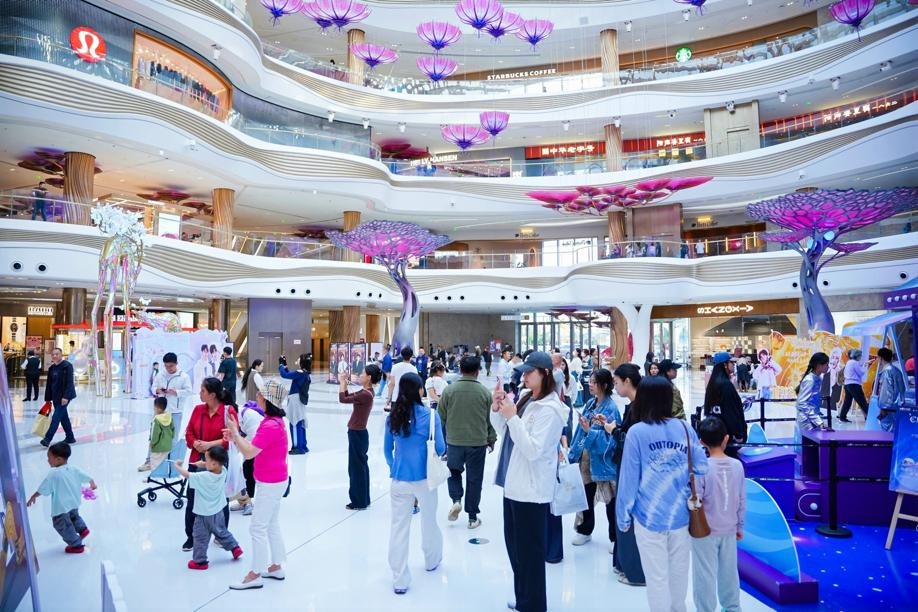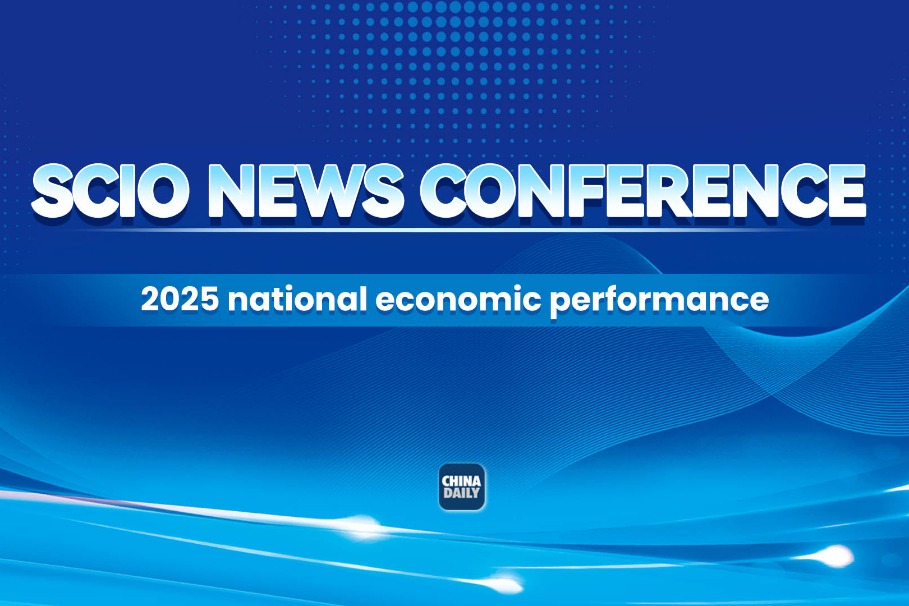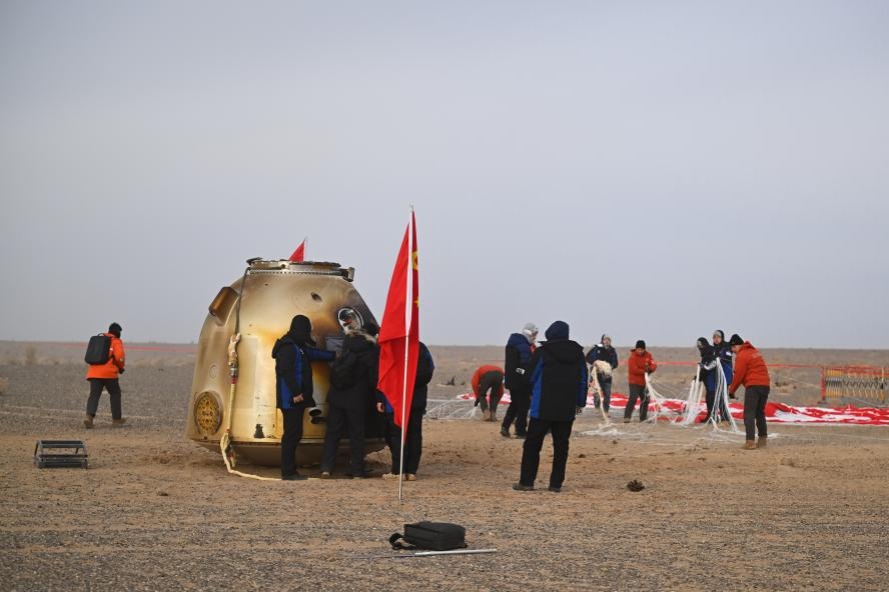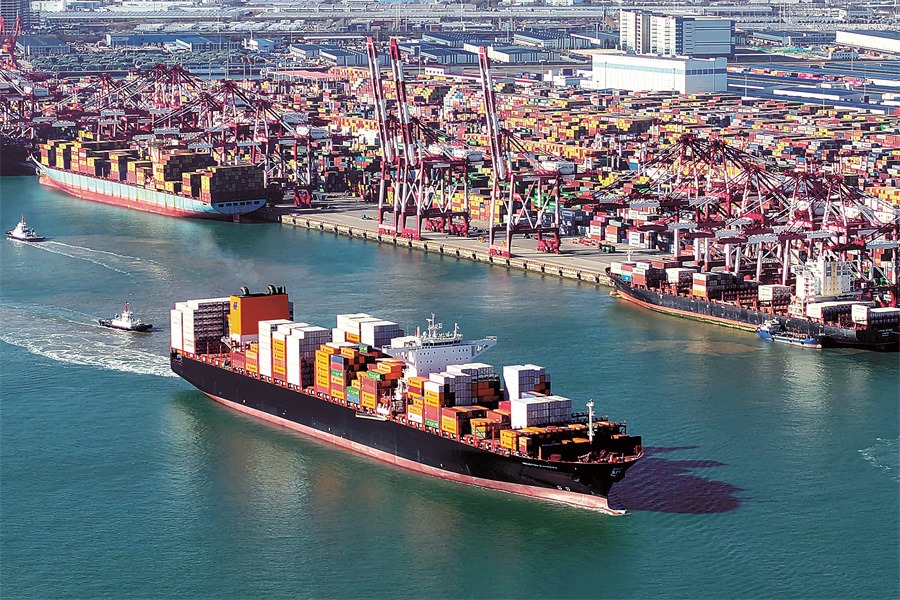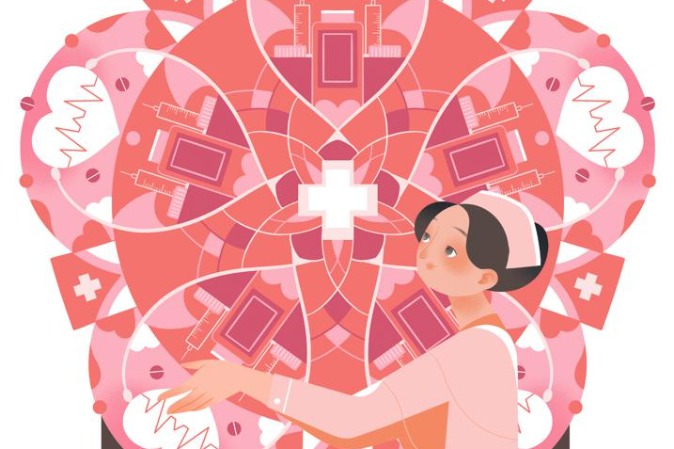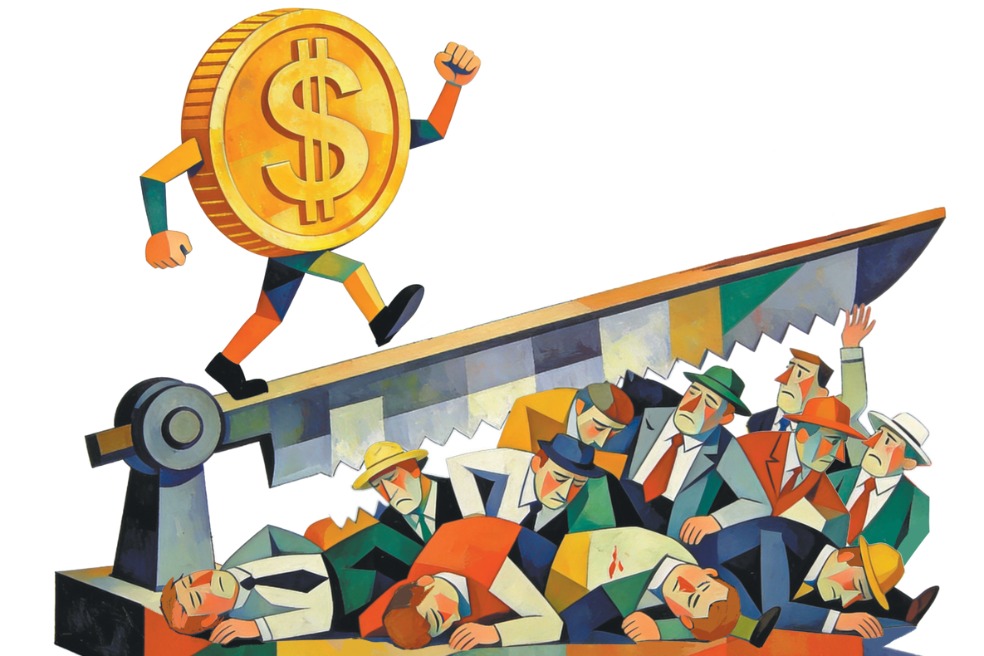Seek Philippine economic recovery opportunities amid pandemic

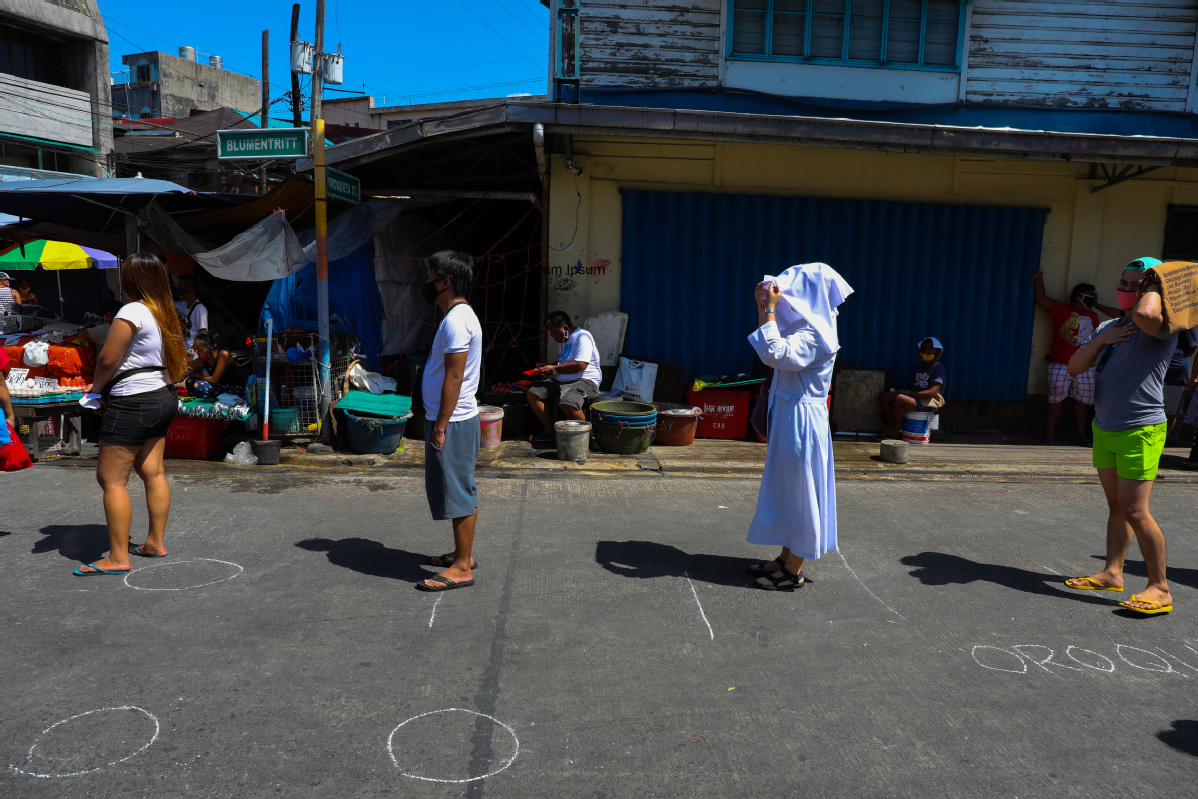
The Philippines' GDP is expected to contract by 7.3 percent this year, according to The Asian Development Outlook 2020 released on Sept 15 by ADB. One month later, The World Economic Outlook (WEO) published by the International Monetary Fund gave a more pessimistic prediction that the Philippine economy would likely contract by 8.3 percent in 2020, a downward revision from 3.6 percent from the WEO in June.
The economic forecasts by the two agencies for the Philippines are not only far below the global average, but also lower than that of other ASEAN countries. Indeed, the Philippine economic performance so far has been disappointing. The GDP shrank by 0.7 percent in the first quarter and 16.5 percent in the second. The total foreign import and export trade of the past three quarters fell by 27.4 percent and 16.6 percent respectively year-on-year. The net inflow of foreign direct investment in the first half of this year fell by 10.9 percent year-on-year. These figures indicate that not only the current economic situation in the Philippines is not optimistic, but the prospects for recovery are also worrying.
Is the Philippine economy expected to recover in the short term?
The current economic downturn in the Philippines is just a microcosm of the global economic recession because of the raging pandemic. The Philippines has implemented strict quarantines for more than seven months so far. Different levels of restrictions have seriously affected the economic recovery.
The strict restrictions are also the main reason why the Philippine economy is far more affected than other neighboring countries. It can be said that if the pandemic does not get better, even if the Philippine government takes more economic recovery measures, it will not help to fundamentally reverse the trend of the economic decline.
However, the US and Europe are still seeing steep increases of new coronavirus cases. The second and even third wave of outbreaks seem to be on the line. The Philippines, whose pandemic data has gradually stabilized since August, is also facing severe challenges, which has brought new variables to economic recovery.
In addition, the Philippines has formed an economic growth model that relies heavily on government final consumption, business process outsourcing, overseas labor remittances, gambling and tourism. Such a highly open and externally dependent economic pattern has resulted in the country being more affected by the pandemic than others. If the global pandemic cannot be controlled in the short term, accordingly, the Philippine economy is hopeless in the short run.
How does the Philippines look for growth momentum?
Facing the pandemic, neither the government nor civil society should passively wait for the situation to improve. Instead, they should plan to minimize the impact of the pandemic actively, and even seek development motivation in adversity.
Since the outbreak of the pandemic, the Philippine government has passed a number of stimulus bills related with wage subsidies, corporate loan repayments, health education and food security to recover industry and increase reemployment.
On this basis, some more proactive measures that promote long-term sustainable economic development should also be considered. In fact, the pandemic has also provided the Philippines with an opportunity to promote economic reform and optimization.
First, restrictions to strictly control the spread of the virus should be continued. It is undeniable that strict bans have restricted production and consumption activities. But from a global perspective, both China and Vietnam, which performed relatively well in the first half of the year, have adopted strict control and prevention measures.
Although the quarantine procedures will put the economy under substantial pressure in the short term, once the pandemic is brought under control, countries with effective quarantines will take the lead to recover from the recession and seize the opportunity for economic development. China provides a good example for the Philippines.
Second, while the pandemic is impacting the Philippine economy, it also provides opportunities for the transformation of the Philippines' economic structure. The Philippines was the first country in Southeast Asia to embark on industrialization.
For nearly half a century, the Philippine industry has not been fully developed, but has shown signs of decline. The Philippines has become the largest agricultural country in Southeast Asia. Although the Philippine government has proposed "building a newly industrialized country" and "Millennium Development Goals" (MDGs) since the 1990s, the economic transformation has not been successful.
The pandemic will be a favorable opportunity for the Philippines to carry out domestic economic reforms. Considering that the foreign exchange, tourism and agricultural exports on which the Philippine economy depends have been severely suppressed, the Philippine government's economic stimulus bills should consciously turn toward manufacturing, high-tech industries, infrastructure and other fields, and complete the adjustment of economic layout in adversity.
Third, make full use of China's stimulating effect to strengthen economic cooperation with China. A report by the IMF predicts that China will be the only major economy in the world that can achieve positive economic growth this year, with an economic growth rate expected to reach 1.9 percent. China's strong economic recovery capacity will be an important external factor driving the improvement of the Philippines' economy.
In fact, since President Duterte came to power, Philippines-China relations have become closer. The statistics since the beginning of the year show that China is Philippines' third-largest exporter and largest importer, and the fourth-largest FDI inflow country. The scale of cooperation between the two countries in infrastructure construction and other aspects has been increasing during the pandemic. Philippines-China economic cooperation has laid a foundation.
Therefore, strengthening economic cooperation between the Philippines and China and amplifying the positive effects of cooperation between the two countries will help the Philippine economy to quickly recover during the post-pandemic period.
Where is the breakthrough point in the Philippines-China economic cooperation?
Finding a breakthrough point in the Philippines-China economic cooperation is not only conducive to guiding the rapid recovery of the Philippine economy, but also for promoting the stable development of regional economy. Currently, the two countries have a broad and solid foundation for cooperation in many fields, and the following three areas can be prioritized.
First, there's the agricultural sector. The Philippines is a major agricultural country in the ASEAN region and has certain comparative advantages over neighboring countries in terms of agricultural product cultivation, processing and export. With the promulgation of the Philippine Plant, Plant, Plant Program, the Philippine government may consider introducing the concept of intelligent agriculture. The Philippines and China can strengthen cooperation in self-bred and hybrid rice breeding, biomass energy and abaca fiber production. This will not only promote the upgrading and transformation of Philippine traditional agriculture, but also be beneficial for the development of related industries in China.
Second, there's infrastructure construction. The Philippines' infrastructure construction and upgrading requirements and China's rich experience and capability in the field of infrastructure construction provide a guarantee for Philippines-China infrastructure cooperation. Relying on the Philippines' Build, Build, Build Projects and China's Belt and Road Initiative, the bilateral cooperation in infrastructure construction will provide new economic momentum for both countries.
At the same time, the cooperation may extend to new infrastructure construction. In dealing with the raging pandemic, digital technologies such as big data, artificial intelligence, cloud computing and digital government have played an important role. This may become a priority area worthy of consideration for Philippine-China new infrastructure cooperation. The Philippine branch of China Gezhouba Group's win of the bid for the PTO data center construction project in the Philippines is a good sign of cooperation between the two countries in this field.
Third, there's the marine economy. The Philippines is a typical maritime country. Marine fisheries, the marine oil and gas industry, marine transportation, shipbuilding and coastal tourism are important economic growth points for the Philippines. The proportion of the marine economy in the Chinese economy is also rising. The pandemic has reduced global shipping fishery activities by 30 percent and 80 percent respectively, and the development of the marine economy of both countries is facing greater difficulties. Promoting cooperation in maritime governance and jointly building a maritime "blue economy" is in line with not only the economic recovery, but also the requirements for optimizing global maritime governance.
Of course, under new technological conditions, China-Philippines maritime economic cooperation must be more forward-looking. Ocean big data and ocean AI will be optional areas for cooperation. Ocean big data will help to collect important data to strengthen fishing law enforcement, limit illegal fishing and protect endangered species; ocean AI electronic monitoring system will help maintain data channels and build efficient and accurate market links between production and sales.
Effective China-Philippines economic cooperation requires the two sides to further eliminate differences, build mutual trust, and establish and optimize cooperation and consultation mechanisms. This requires not only the efforts of the two governments, but also the civil societies of the two countries, including entrepreneurs and overseas Chinese. It is not difficult to conclude that the optimization of the economic structure in the pandemic will become the basis for economic growth in the post-pandemic period.
Xu Xiaodong is a postdoctoral researcher at the National Institute for South China Sea Studies.
The opinions expressed here are those of the writer and do not represent the views of China Daily and China Daily website.
If you have a specific expertise and would like to contribute to China Daily, please contact us at opinion@chinadaily.com.cn , and comment@chinadaily.com.cn
















